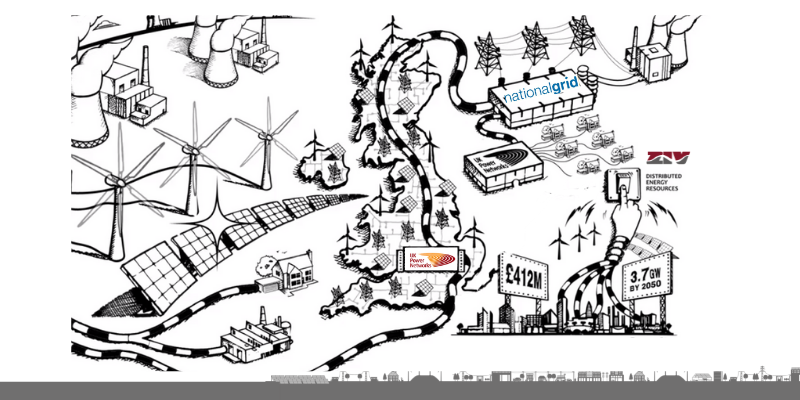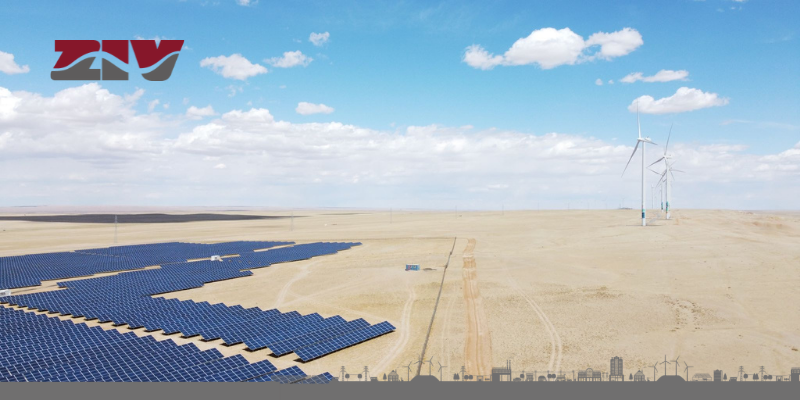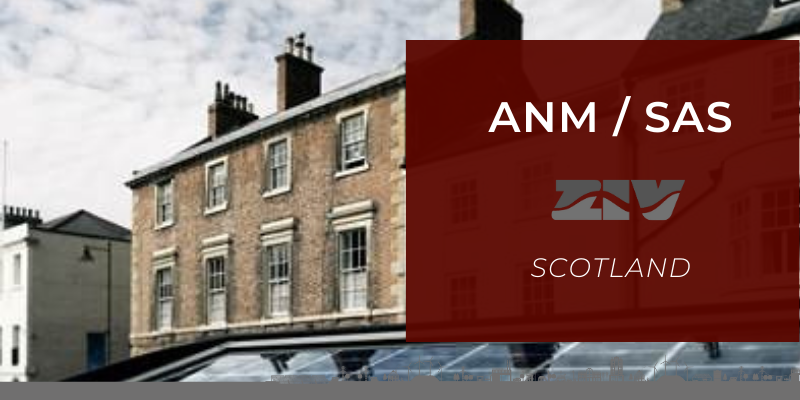The increase in DER (Distributed Energy Resources) has generated the need for a smart system able to manage network constraints and maximize the network capacity.
We invite you to learn all about DERMS here: the need, the key features, system architecture, benefits & use cases. Enjoy it!
FROM CENTRALISED TO DISTRIBUTED GENERATION
Distribution networks were traditionally designed to deliver power from centralised generation at Power Stations through to end users.
The introduction of Distributed Energy Resources (DER’s) such as Wind & Solar Farms has presented challenges for network operators as these resources are generally connected at remote parts of the network not designed for the connection and distribution of new power sources.
?? WE NEED DERMS?
✔️To both manage and optimise all distributed energy resources (generation and load) within the network constraint limits.
✔️To enable a range of flexible services to be provided, from TSO network support to DNO network management.
? According to data released by the International Renewable Energy Agency (IRENA), the world added more than 260 gigawatts (GW) of renewable energy capacity in 2020, exceeding expansion in 2019 by close to 50 per cent.
TO MANAGE NETWORKS CONSTRAINTS
?! Cables and transformers may not have the capacity to take all this power and voltage levels and reverse power flows need to be carefully managed.
?This requires an Active Network Management system, DERMS, to continuously monitor the network capacity and constraints and manage the output of the DERs to:
– Maximise network capacity.
– Maximise the amount of time renewable energy can be utilised.
– Allow a greater number of renewable energy and storage resources to be connected to the grid without incurring significant reinforcement costs and time delays.
– Increase both availability and stability of supply to the networks particularly in rural areas.
WHAT ARE “SYSTEM CONSTRAINTS”?
The increase in volume of renewable energy in recent years has led to constraints on the TSO network. These constraints can be summarised as:
1) High voltage in periods of low demand;
2) Low voltage under certain fault conditions; and
3) Thermal constraints during the outage season
TSOs & DSOs NEED TO BE COORDINATED!
– Maximise potential of the Network by alleviating constraints.
– To enable small generators to aggregate to export energy.
– To increase network reliability particularly in rural areas.
“This is an incredible milestone in our work to deliver a Net Zero emissions electricity system that works for all. Power Potential has been one of our most ambitious projects ever, and its success is down to the dozens of dedicated experts who worked tirelessly throughout. Together, we’ve shown how a Distribution System Operator can enable new services and create tangible benefits, a win for consumers, a win for networks and a win for clean air.”
Ian Cameron, head of customer service and innovation at UK Power Networks.
“Power Potential is a fantastic example of energy resource and network experts working together to deliver something important and new. The project’s output will facilitate the continued growth of renewable energy, inform effective development of Distribution System Operator capability and help us achieve zero carbon. It also demonstrates the value of challenging the perceived constraints of organisational and technical boundaries and how risks can be managed with diligence and shared ambition” .
Graham Stein, network operability manager at National Grid ESO
“This is a ground-breaking project, demonstrating the viability of delivering aggregated services from distributed network resources. It has been a significant step forward in the DSO transition and in the Flexible Services market. It shows what can be achieved using advanced technology and a fantastic team of experts from UK Power Networks, NG ESO and ZIV Automation working in collaboration. ZIV Automation is proud to have made a significant contribution to the success of the project.”.
Adrian Kearney General Manager ZIV Automation UK & Ireland
A GREAT EXAMPLE OF COLLABORATION
The Power Potential – a joint project between National Grid Electricity System Operator (ESO) and electricity network operator UK Power Networks – is demonstrating how wind and solar farms can dynamically feed in power to provide voltage control services to balance the system and help the grid run more efficiently.
A DERMS by ZIV
The project team built a Distributed Energy Resources Management System (DERMS), developed by technical specialists ZIV Automation. This successfully enabled wind, solar and storage batteries across Kent and Sussex to provide market-based reactive power services, being paid to address voltage challenges on the national electricity system.
THE BENEFITS
Academic project partner Energy Policy Research Group based at the University of Cambridge, concluded that a new regional reactive power market in the South East alone could save £19.5 million by 2050 and close to £100 million if rolled out across Great Britain, when compared to the long-term alternative of investing in traditional devices. By addressing voltage challenges, Power Potential could also enable an extra 1.5GW of green energy to be generated in the region – that’s enough to power well over a million homes.
All about DERM System architecture and Power Potential project goals in 2 x two minutes videos.
A DERM System architecture
Power Potential – Project Goals




